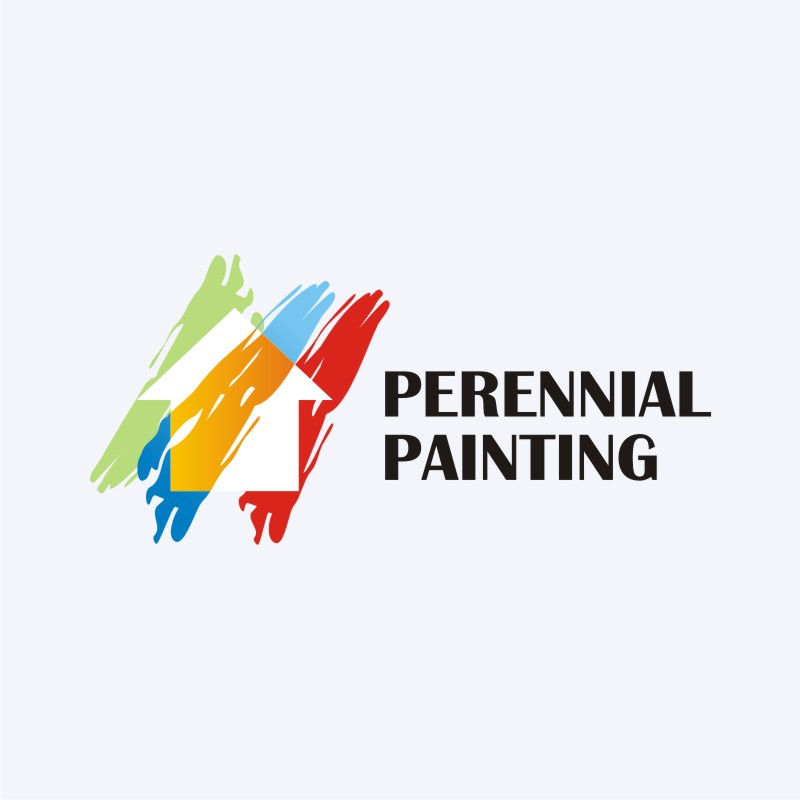Discover How Seasonal Impacts Can Affect The Efficiency Of Industrial Outside Painting And Find Out One Of The Most Beneficial Times To Make Sure Sturdy Results For Your Task
Discover How Seasonal Impacts Can Affect The Efficiency Of Industrial Outside Painting And Find Out One Of The Most Beneficial Times To Make Sure Sturdy Results For Your Task
Blog Article
Writer-Regan Celik
When you're preparing a commercial outside paint project, seasonal elements can make or break your outcomes. You'll wish to consider just how temperature level and humidity influence paint application and drying times. Selecting the appropriate period can ensure your paint adheres correctly and lasts longer. But which seasons are really the very best for this sort of job? Allow's explore the key elements that can affect your job's success.
The Influence of Temperature Level on Paint Application
When you're preparing an industrial exterior paint task, the temperature level can substantially influence just how well the paint sticks and dries.
Ideally, you wish to repaint when temperature levels range in between 50 ° F and 85 ° F. If it's as well cool, the paint might not heal properly, resulting in problems like peeling off or splitting.
On the flip side, if it's as well hot, the paint can dry also rapidly, avoiding correct adhesion and resulting in an unequal surface.
You must likewise consider the moment of day; morning or late afternoon supplies cooler temperatures, which can be much more desirable.
Always check the manufacturer's suggestions for the certain paint you're making use of, as they typically give assistance on the optimal temperature level variety for optimum outcomes.
Humidity and Its Result on Drying Times
Temperature isn't the only ecological factor that affects your commercial external paint project; moisture plays a substantial function also. High humidity degrees can reduce drying times considerably, affecting the general high quality of your paint job.
When the air is saturated with moisture, the paint takes longer to treat, which can cause issues like inadequate adhesion and a higher danger of mildew development. If you're repainting on an especially moist day, be prepared for extended delay times in between coats.
It's important to keep an eye on neighborhood weather conditions and plan accordingly. Preferably, aim for humidity levels between 40% and 70% for ideal drying out.
Maintaining https://milokubfk.theobloggers.com/41338126/motivating-changes-by-leading-painting-firms consider mind guarantees your task stays on track and supplies a long-term coating.
Best Seasons for Commercial Outside Painting Projects
What's the most effective season for your commercial outside paint jobs?
Spring and early loss are generally your best bets. During these periods, temperature levels are moderate, and moisture levels are commonly reduced, developing perfect problems for paint application and drying.
Prevent summer's intense heat, which can trigger paint to completely dry as well promptly, leading to poor bond and finish. In https://www.goodhousekeeping.com/home/renovation/tips/a31753/painting-cabinet-mistakes/ , winter season's chilly temperatures can hinder appropriate drying out and treating, running the risk of the durability of your paint task.
Go for days with temperatures between 50 ° F and 85 ° F for optimal results. Remember to inspect the regional weather prediction for rain, as damp problems can ruin your job.
Preparation around these factors ensures your paint project runs smoothly and lasts longer.
Conclusion
In conclusion, intending your industrial exterior painting jobs around seasonal factors to consider can make a considerable distinction in the end result. By organizing work during the perfect temperature levels and humidity levels, you'll make sure much better bond and drying out times. Keep in mind to keep an eye on regional weather forecasts and select the correct time of year-- spring and early fall are your best bets. Taking these steps will certainly aid you accomplish a resilient and professional coating that lasts.
